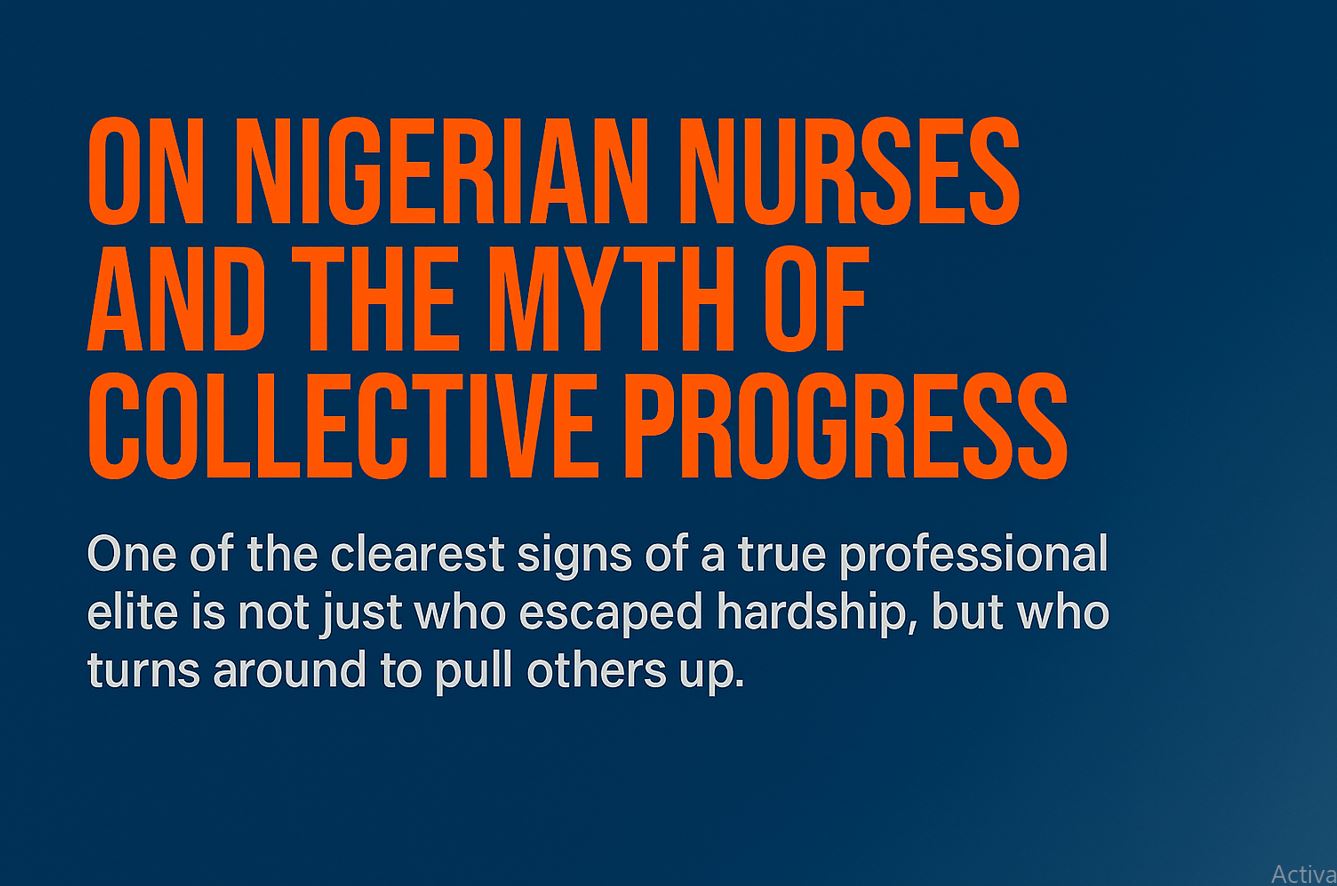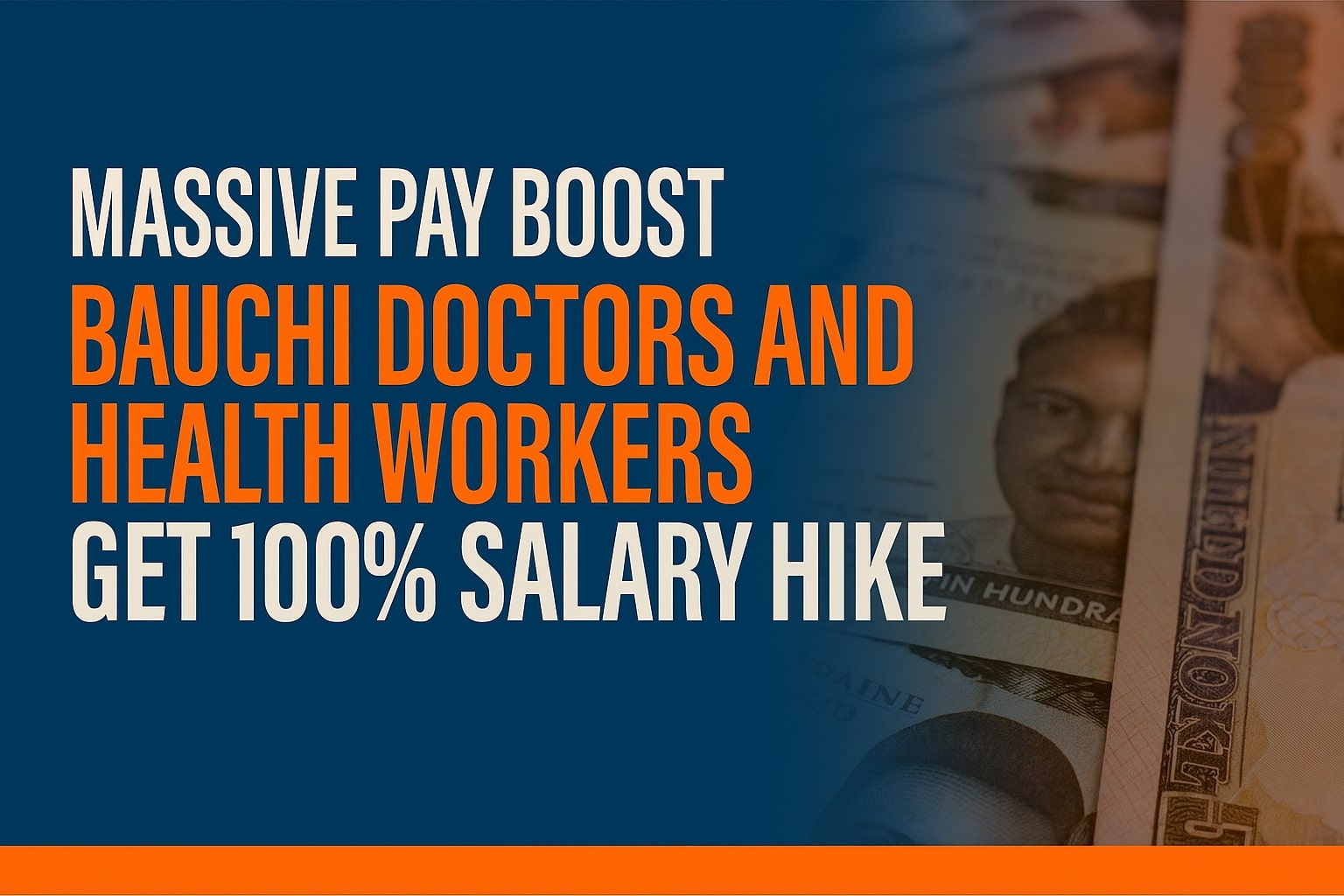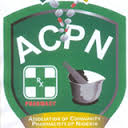Worried at the rising cases of burns especially the mobility and mortality associated with them, medical experts have urged Nigerians to take necessary measures to prevent burns.
The World Health Organisation (WHO) estimates that 265 000 deaths every year are caused by burns and the vast majority occur in low- and middle-income countries including Nigeria.
Although, non-fatal burn injuries are a leading cause of morbidity, they are preventable. A burn is an injury to the skin or other organic tissue primarily caused by heat or due to radiation, radioactivity, electricity, friction or contact with chemicals.
Thermal (heat) burns occur when some or all of the cells in the skin or other tissues are destroyed by: hot liquids (scalds), hot solids (contact burns), or flames (flame burns). Burns are a global public health problem.
Although, in many highincome countries, burn death rates have been decreasing, the rate of child deaths from burns is currently over seven times higher in low- and middle-income countries than in high-income countries.
Similarly non-fatal burns are a leading cause of morbidity, including prolonged hospitalisation, disfigurement and disability, often with resulting stigma and rejection.
Burns are among the leading causes of disability-adjusted lifeyears (DALYs) lost in low- and middle-income countries. In 2004, nearly 11 million people worldwide were burned severely enough to require medical attention.
The situation is not different from what is happening in the Nigerian environment. According to data from ‘Burns in Nigeria: A review’ 2010, the incidence of post-burn contractures has been estimated at 8.6–20 per cent in northern Nigeria, 11–13.5 per cent in western Nigeria, and up to 55 per cent among epileptic patients in eastern Nigeria.
Untreated contractures lead to severe disfigurement, disability, and loss of productivity, the study also shows. The above highlights the scale of the huge burden presented by burns in the country, prompting focus to be shifted to preventive measures to curb the menace.
Worried at the public health problem posed by burns, the National Orthopaedic Hospital Igbobi Lagos, NOHIL recently embarked on a walk to create awareness on the impact of burn on health.
During the programme tagged: ‘Burn Awareness Week 2016, an initiative of the Burns and Plastic Surgery Department at NOHIL, the public was enlightened on roles individuals, families and organisations can play to prevent and tackle the menace.
Staff of the tertiary hospital walked from NOHIL in Igbobi, Lagos to Yaba where market men and women were educated on measures to prevent burns.
The Medical Director of NOHIL, Dr. Olurotimi Odunubi, a consultant orthopaedic surgeon, said the shift to prevention has become necessary in view of the massive deaths ad debilitation arising from burns injury in the country.
Such incidents have currently inundated the media. Recently, a woman and her three-month-old baby suffered severe burns in a fire incident caused by a kerosene explosion in Akwa Ibom State.
 A father also lost his two children in the same incident. The story of the late Dada Eriye, the veteran journalist and publisher of Bravo magazine, who died from complications from severe burn injury occasioned by a generator explosion, is still fresh in the memory of media practitioners resident in Lagos.
A father also lost his two children in the same incident. The story of the late Dada Eriye, the veteran journalist and publisher of Bravo magazine, who died from complications from severe burn injury occasioned by a generator explosion, is still fresh in the memory of media practitioners resident in Lagos. The explosion allegedly occurred on February 2015, while the late Eriye attempted to re-fuel a power generator that was on. However, Odunubi who was represented by Dr. Folake Abikoye, a Consultant plastic Surgeon and Head of Burns and Plastic Surgery Department at NOHIL, said the walk became necessary to avert further incidents of burns.
“We are sensitising Nigerians on prevention of burns and there will be fire drills.” He said: “The best thing is to actually prevent a burn injury. Burns can be at primary level which is to clean it or secondary prevention if there is an injury at all so as to control it and then the tertiary prevention which involves the healthcare in the hospital.
“Burns is an important part of healthcare because many people lose their lives from injury arising from it. “We see so many careless and helpless victims who sustain burn injury.”
People at risk
According to Odunubi, most of the victims of burn injury are people in work places, particularly those who work in the factories while trying to make ends meet. Similarly, during frequent fuel scarcity, people hoarding fuels cause a lot of fire incidents leading to burns.
Also aside from fuel scarcity, there are so people engaging in many careless practices. People tend to fuel their power generators while it is on. Some fuel their lanterns while it is lighted. Odunubi said, “in our country, particularly because of the recurrent fuel scarcity, a lot of fire outbreaks occur resulting in burns.
These are all preventable injury.” However, when this happens, he said a huge sum of money is required to treat burns. “A patient may be spending multiples of millions of Naira for burn care, depending on the extent of the injury.” Giving an insight of burn care in NOHIL, he said the number we see in the hospital, vary.
“In a month we may see as high as 50 or as low as 10. “However in a government hospital he asserted that it is fee-forservice. Hence, when patients hear the money they will require for care some will decide to go home rather than stay in the hospital.”
“As for patients with extensive burns they run away due to lack of funds to pay for care and some of them die due to lack of funds.”
Safety precautions
The medical director of NOHIL urged people in the workplace to note safety points with regard to where to move to when there is fire outbreak. “Many Nigerians don’t know what to do when there is fire outbreak. Many organisations do not have fire extinguishers. Workers should be educated on points where to gather if there is fire outbreak.
On children, he said as they grow, they tend to explore, they go to electricity sockets points, among other areas harbouring danger in homes. “You can lock those points so that children don’t get metal things from which they could sustain burn injury.”
For mothers, he advised that when they cook, they should make sure they have a segregated area so as to prevent children from going to the cooking area.
“Even for babies, mothers will take hot water to bathroom and instead of mixing the water before taking the kids into the bathrooms, they end up doing the reverse which exposes the children to preventable burns.”
“It is not good to wear flowing gowns in the kitchen,” he said, adding that even the fabrics that is worn in kitchens matter. Clothing for cooking in the kitchen should be the smart type. “Cotton fabrics are better in the kitchen because if there is fire outbreak in the kitchen nylon clothing will stick on causing more deeper burns unlike cotton fabrics.”
Safety measures
While calling on workmen in factory areas to be properly kitted while at work, Odunubi urged them to ensure that their gloves, boots and other safety wears should be in place.
Similarly, he said the use of candles and telephone sets in re-fueling power generators should be stopped. “There is also the need for the country to make fuel available so as to prevent hoarding of the products by Nigerians,” Odunubi added.
By: Appolonia Adayemi
New Telegraph News
ABUJA: Training Schedule for Basic Life Support BLS, Pediatric Advanced Life Support (PALS), Advanced Cardiovascular Life Support ACLS, First Aid, CPR, AED
PORTHARCOURT: Training Schedule for Basic Life Support BLS, Pediatric Advanced Life Support (PALS), Advanced Cardiovascular Life Support ACLS, First Aid, CPR, AED
LAGOS: Training Schedule for Basic Life Support BLS, Pediatric Advanced Life Support (PALS), Advanced Cardiovascular Life Support ACLS, First Aid, CPR, AED




